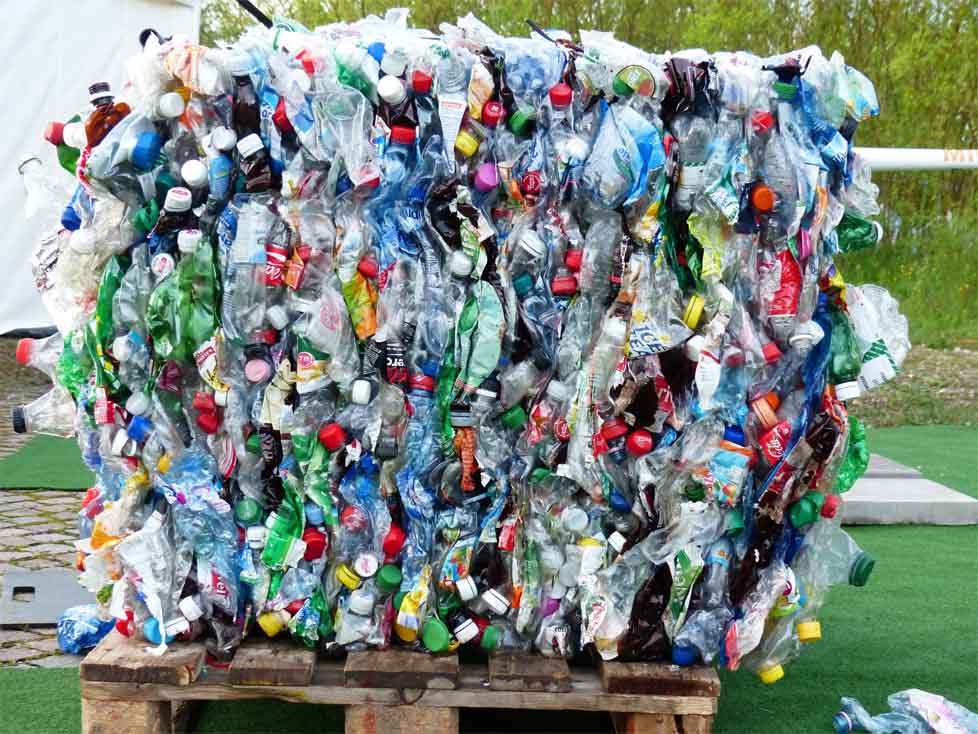Plastic Credits
Plastic pollution is a global issue that threatens our livelihood, wildlife, marine life, and their habitats. Today we produce over 300 million tons of plastic waste every year – taking hundreds or even thousands of years to degrade in nature. The plastic pollution problem has been exacerbated by the “take-make-dispose” economic model that has been used extensively for the last 50 years.
Recently, companies have been trying to avoid unnecessary plastic and have been addressing the issue of overproduction by reducing and reusing and recycling packaging and simply producing less. Unfortunately for many companies, eliminating plastic entirely is not functionally feasible. In these situations, companies or individuals can, as a supplementary action, purchase offsets or credits, which create a market for the effort to reduce plastics from the environment.
What are Plastic Credits
Plastic credits are environmental commodities (tradeable units of plastic reduction) that are issued to the developer of a plastic waste collection and/or recycling project.
Each Plastic Credit represents one ton of plastic waste that would otherwise have not been collected or recycled.
How are They Created
Plastic credits are created when the project developer voluntarily implements a project to collect or recycle plastic waste. Without these projects the plastic would remain in the environment without being either collected or recycled. The recovery and contribution of this plastic to a circular plastic system can then generate a plastic credit.
Similar to carbon credits, plastic credits are ultimately purchased and retired by an end user to help address their plastic waste footprint. Plastic credits can be registered and retired on a public registry, such as on the Verra Registry, Ocean Bound Plastic or through a similar program.

What to Look For in a Quality Plastic Credit Program
In creating and issuing plastic credits, every program should ensure the support and development of a circular plastic system. Some key factors to look for when purchasing credits or developing a program:
Plastic credits must be certified by a third party,
- elimination of plastic must be measurable and tracked by a third party,
- the project must supplement the recycling effort and provide measurable progress (i.e., recovery or recycling would not have otherwise occurred)
- should include social, community, and environmental benefits.
Social Benefits and Funding for Waste Management/ Recycling
If a program is implemented correctly, plastic crediting systems can drive significant amounts of investment and funding into new waste management and recycling infrastructure, especially in areas without formal recycling infrastructure.
There are also many social and environmental benefits associated with successful plastic credit programs that help support local economic development. These programs can provide fair wages for waste collectors and generate new job opportunities.

Faster Response for Plastic Pollution Cleanup
Another possible benefit is that plastic credits could create a faster response for plastic pollution cleanup. Faced with increasing amounts of waste, governments in many countries, are establishing or have established Extended Producer Responsibility (EPR) schemes that require packaging producers to pay for the collection, sorting, and recycling of pollution downstream. Companies can face a myriad of EPR schemes in geography that encompasses multiple countries. Plastic credits can reduce the complexity by providing a uniform response. Additionally, private-sector-driven plastic credits offer companies a route to immediately extract and recycle waste through existing projects while providing social benefits to the local communities.
How We Can Assist
We work with clients to help them navigate the various regulatory standards to evaluate their plastic footprint needs. We also help clients develop proposed projects to create and develop certified plastic credits. Please feel free to contact us.

